Visit The Cinema Museum, London for a journey into the cinematic past and a fascinating slice of social history.
Please don’t ask me any questions about Brief Encounter. I cannot cope emotionally
This is the one ground rule set by Maurice Hardcastle, the self-appointed “last cinema commissionaire in the universe.” Sporting a Bisto-brown commissionaire’s uniform from 1945 and a splendid moustache, which he assures us is his own, he is our guide for a fascinating two-hour journey through cinematic history at Kennington’s Cinema Museum.
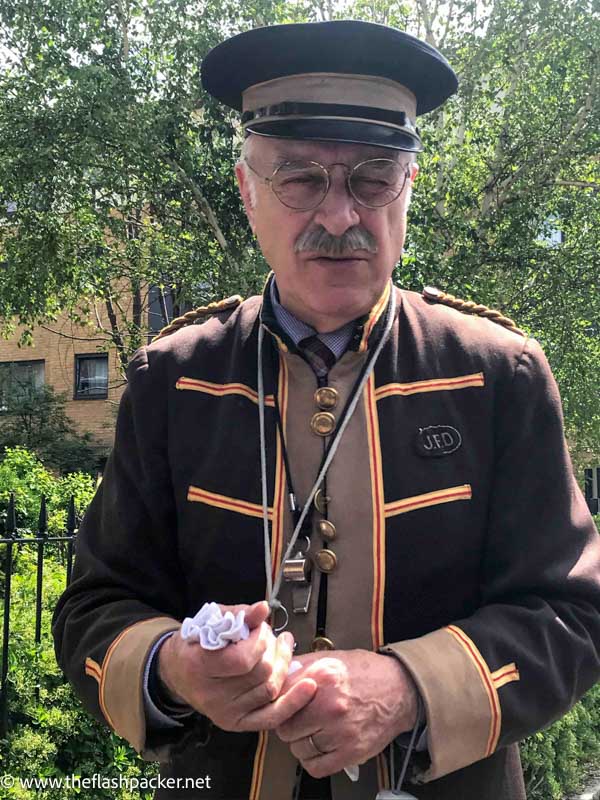
Going to the movies in the early 20th Century
All cinemas of a certain stature had at least one commissionaire at the front door. Their role was to welcome customers, inform them of what was showing, along with start and finish times, and to tell them a little about the films.
Think of them as a well-dressed human trailer.
With the immense popularity of cinema, queue control was also an important part of the commissionaire’s job. In the words of Maurice, cinema was “the great entertainment activity of the 20th Century.”
Every town in Britain had a cinema and, at one time, London alone had 500 of them. With a light touch of the commissionaire’s iconic white gloves, you were granted admission.
Inside, the manager would be patrolling the foyer, often in evening dress as befitted his status. Now you had to choose where you wanted to sit, the cheaper stalls tickets or splash the cash for circle seats.
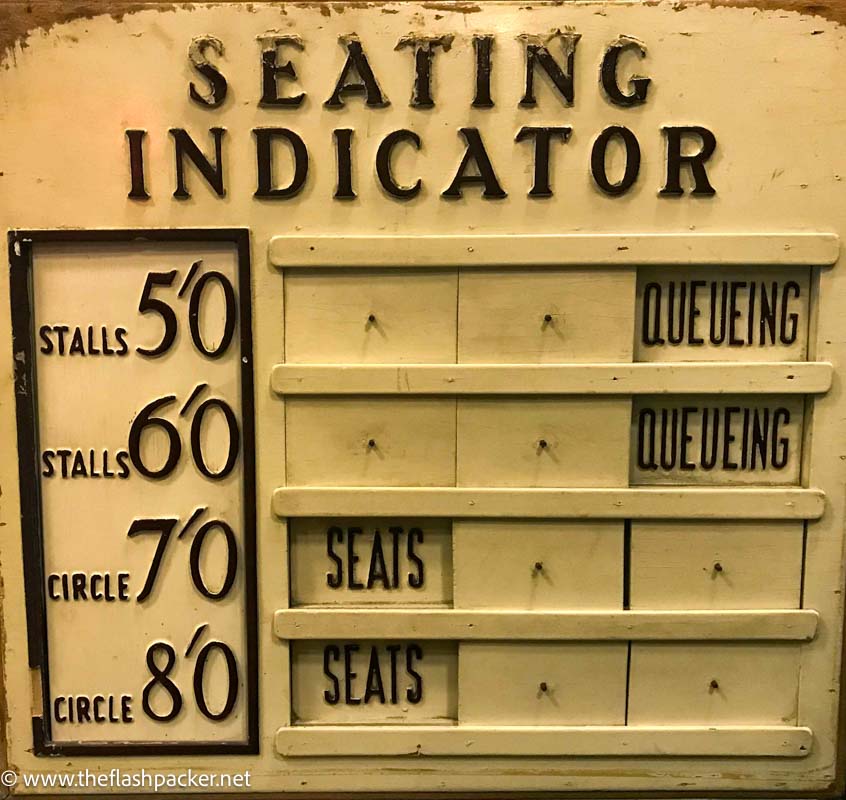
At the box office, the automaticket machine spat out your ticket with a satisfying “ding”.
Prior to the end of World War I, metal tokens were used instead of paper tickets, a different shape for each ticket class so that the usherette could distinguish them in the dark. Excitement building, you entered the auditorium where the usherette tore your ticket in half, carefully placing the other half on a piece of string, before guiding you to your seat with her torch.
For the first half of the 20th Century, there were continuous performances.
The cinema opened at 2 pm and showed films on a continuous loop until it closed at 10 pm. People could come and go at any point in the film.
In cinema’s heyday, auditoriums were packed to the gills and you could only bag a seat when someone left. This meant that some people watched the end of a movie before the beginning!
As Maurice told us:
Mother and father would be sitting in the auditorium with two children. When they got to the middle of the film they would say, ‘Right kids. This is where we came in,’ and up and leave
The projectionist was king. His role – and it was always a “he” – was a skilled one, requiring five years of training.
Each reel of film lasted 12 – 15 minutes; a 90-minute film would have six of these. A flickering blob on the top right corner of the screen would tell him that the reel was about to end, prompting him to switch to another projector.
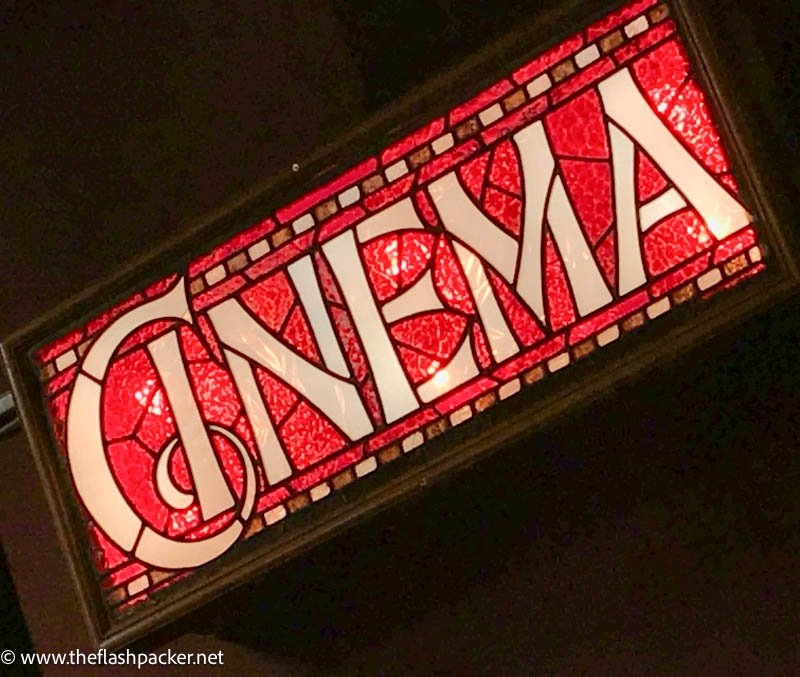
Does anyone have a light?
If you didn’t smoke, everyone else did. The room was full of cigarette smoke
Smoking was rampant in cinemas for most of the 20th century.
Cinemas had ill-conceived tactics to reduce non-smokers’ exposure to smoke. These included seating smokers in one area of the auditorium (the smoke merely drifted into the path of the non-smokers) or, worse still, a fan that actively moved smoke to non-smokers.
To disguise the smell of cigarette smoke, usherettes liberally sprayed the auditorium, and the cinema’s clientele, with Florodol. This was a “highly concentrated essence with antiseptic and disinfectant properties.”
In the golden age of Hollywood, smoking was perceived as glamorous, even erotic.
You may remember the scenes in the 1942 movie Now Voyager where Paul Henreid’s character lights two cigarettes and gives one to Bette Davis. But who amongst you knows that, a year later, this scene was parodied by Bob Hope in the movie Let’s Face It? In a room full of women he lights up eight cigarettes and starts to hand them out!
In 1987, the ABC chain banned smoking in its cinemas, 20 years before the UK Government finally banned smoking in public places. Other cinemas quickly followed suit.
A brief history of the Cinema Museum, London: Lambeth Workhouse and Chaplin
The Cinema Museum, London has done a fantastic job of preserving and celebrating every aspect of cinema-going in the 20th century. But the building in which it is housed, the Master’s House, also has an interesting history.
This Grade 2 listed building, dating from 1871, was the administration block of the Lambeth Workhouse.
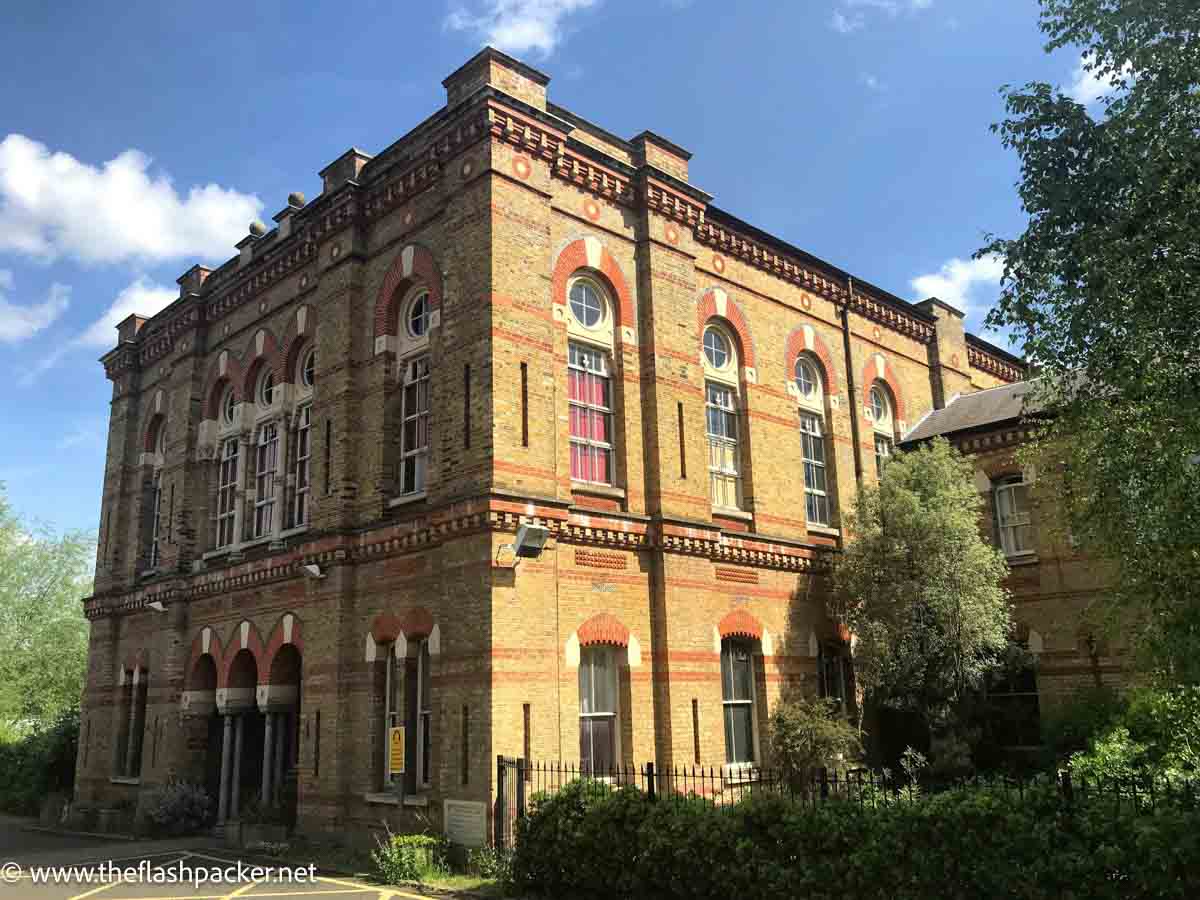
Workhouses, epitomised in Charles Dickens’ Oliver Twist and Little Dorrit, were effectively a punishment for being poor. The neediest in society had to work hard to live in squalor and be fed next to nothing.
Charlie Chaplin, one of London’s most famous sons, spent his formative years in the Lambeth workhouse when his mother faced destitution. He never forgot his background and subsequently recreated Kennington life on the cinema screen, most notably in his 1915 film The Tramp.
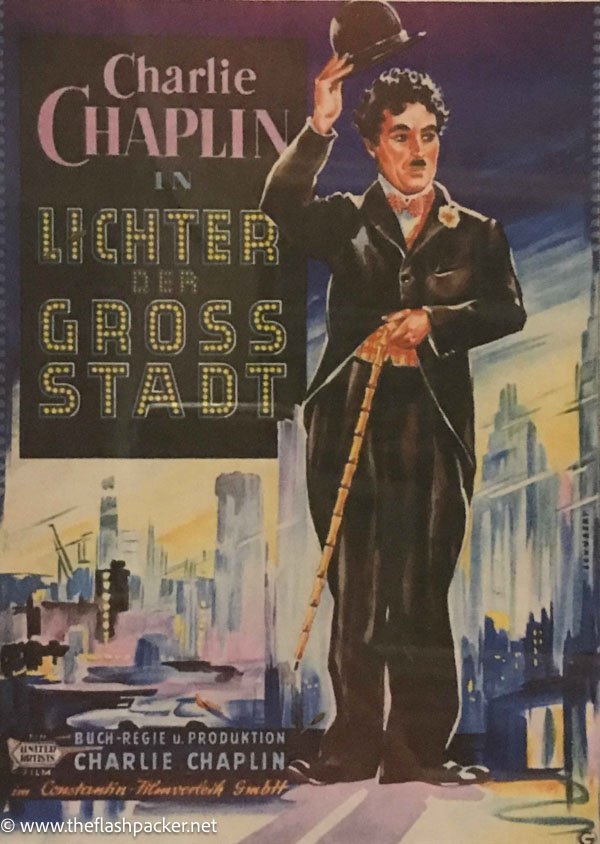
In addition to an impressive range of Chaplin memorabilia, the London Cinema Museum has vintage equipment, including 16mm and 35 mm projectors, arc lamps and sound systems. There are fixtures and fittings from illuminated art deco signs to banks of burgundy velour flip-seats, and publications, including fan magazines, lobby cards and film posters.
Most of these treasures are from the personal collection of Ronald Grant, the co-founder of the museum, who started his collection at the age of 15. Together with Martin Humphries, he established the museum in 1986 to safeguard their future.
London’s Cinema Museum has a Brighter Future
After 15 years of campaigning, The Cinema’s Museum’s future is looking brighter.
South London and Maudsley NHS Trust, the museum’s landlord, had reneged on a promise to sell the freehold of the building to them for a fair price. When the Cinema Museum’s lease expired in March 2018, the prospect of eviction was very real.
However, they have signed a 4-year lease with their new landlords, with an option to purchase the buildings for £1 million. A fundraising campaign is underway to make this happen.
Let’s leave the final word to Babs ….
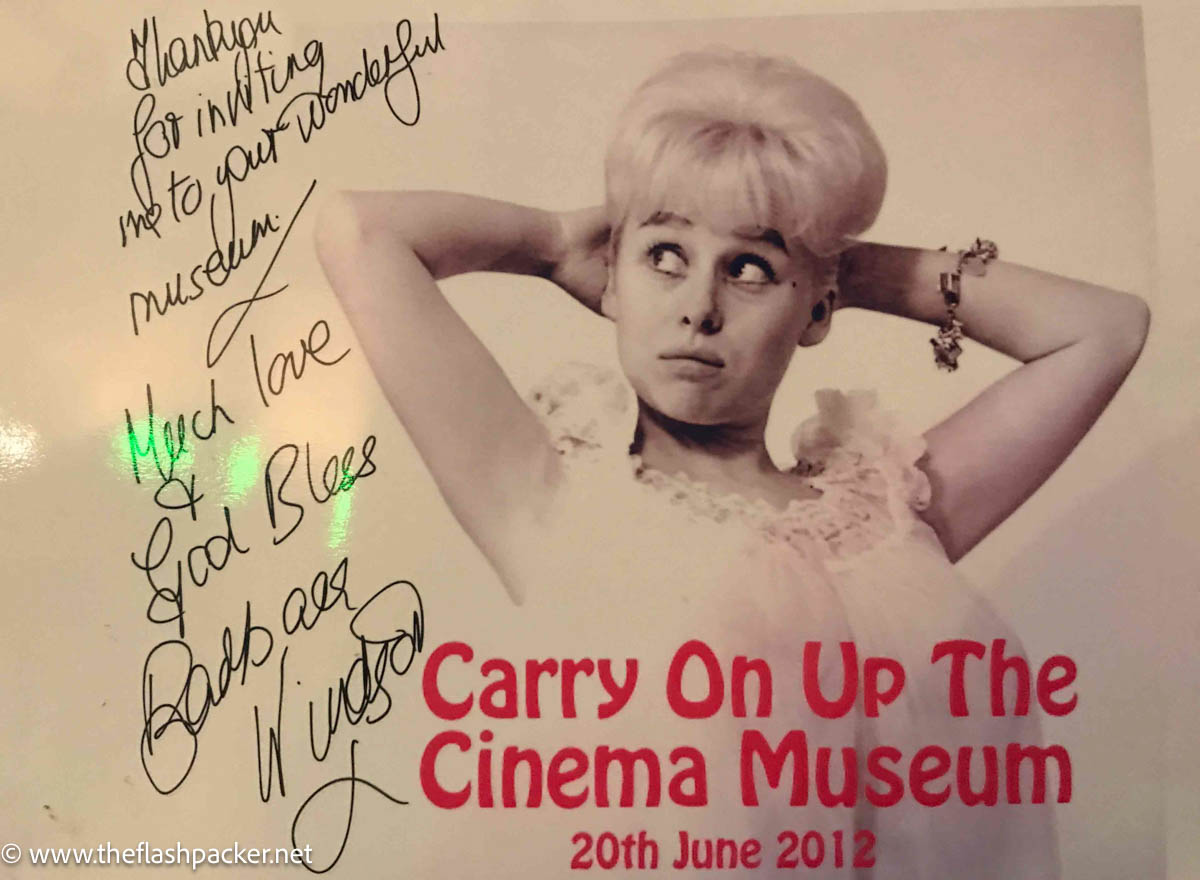
How to visit the Cinema Museum, London
- Book your guided tour of the Cinema Museum, London by email or phone. Check the website for dates and contact details.
- The admission charge is £10 (£7 concessions). Your ticket gives you entrance to the exhibition, 30 minutes of short films and an informative and entertaining commentary (there was also tea/ coffee & biscuits when I visited).
- The nearest station is Elephant & Castle (around a 10-minute walk).
- For freshly-made vegetarian food before or after your visit, head next door to Jamyang Buddhist Centre (43 Renfrew Road).

About Bridget
Bridget Coleman is a Londoner who has been a passionate traveller for more than 30 years. She has visited 70+ countries, most as a solo traveller.
Articles on this site reflect her first-hand experiences.
To get in touch, email her at hello@theflashpacker.net or follow her on social media.
